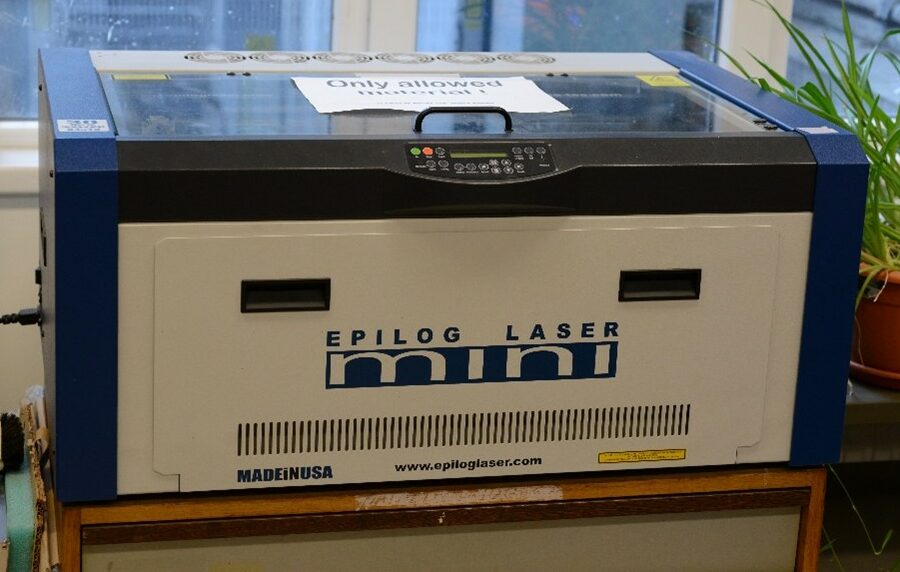
In the last ten years, space organisations globally, along with new market players, have made it easier to access space for scientific and technological research. This movement towards making space more accessible has attracted a broader spectrum of scientists who were previously unaware of the possibilities for conducting experiments in space. This growing group includes experts from various fields such as biology, physiology, pharmaceutical chemistry, fluid physics, soft matter, and thermodynamics, although this list is far from complete.
However, many researchers from this broadened community may not completely grasp the intricate requirements for setting up and carrying out space experiments. CRESTLAB has been established to provide an extensive research platform to assist both academic and industrial sectors in designing, preparing, and performing benchmark experiments on Earth, which can then be modified for different space environments—whether it be in microgravity, lunar or Martian gravity, or hyper gravity.
CRESTLAB is structured around four specialized laboratories—Life Sciences, Material Sciences, Physical Sciences, and Data Science—along with two technical workshops. These facilities boast advanced instruments and support services that cover all phases of space experiment planning, from the initial engineering design and breadboard construction to early testing and data analysis.
Along with the technical support offered by our experts at CREST, here is a list of some major equipment available at CRESTLAB to help design space experiments:
Laser engraver Epilog laser mini 30W
Brand: EPILOGLASER
Description: Epilog’s CO2 laser cutting machines provide a wide range of opportunities and possibilities. The versatility, speed, and precision of Epilog’s laser cutters are great assets for prototyping development and engineering support.
Laser machines can cut wood, paper, plastic, fabric, foam, and much more with such high precision and speed, giving lasers a clear advantage over other types of cutting technologies. Epilog’s laser systems are designed to be as easy to use as a paper printer, you can create a design in a graphic software program of your choice and print it directly to the laser cutting machine.
Features:
Work Area: 24″ x 12″ (610 x 305 mm)
Material Thickness: 5.5″ (140 mm)
Maximum Material Thickness with Table Removed:
8″ (203 mm) with a 23.5″ x 11.75″ (597 x 298 mm) engraving area.
Laser Tube Wattages:30 watts
Laser Source: State-of-the-art, digitally controlled, air-cooled CO2 laser tubes are fully modular, permanently aligned and field replaceable.
Intelligent Memory Capacity: Multiple file storage up to 64 MB. Rolling buffer allows files of any size to be engraved.
Air Assist: Attach an air compressor to our included Air Assist to remove heat and combustible gases from the cutting surface by directing a constant stream of compressed air across the cutting surface.
Laser Dashboard: The Laser Dashboard™ controls your Epilog Laser’s settings from a wide range of software packages – from design programs to spreadsheet applications to CAD drawing packages.
Red Dot Pointer: Since the laser beam is invisible, the Red Dot Pointer on Epilog’s Mini and Helix Lasers allows you to have a visual reference for locating where the laser will fire.
Relocatable Home: When engraving items that are not easily placed at the top corner of the laser, you can set a new home position by hand with the convenient Movable Home Position feature on the Legend Series Lasers.
Operating Modes: Optimized raster, vector or combined modes.
Motion Control System: High-speed, continuous-loop, DC servo motors using linear and rotary encoder technology for precise positioning.
X-Axis Bearings: Ground and polished stainless steel NeverWear Bearing System.
Resolution: User controlled from 75 to 1200 DPI.
Speed and Power Control: Computer or manually control speed and power in 1% increments to 100%. Vector color mapping links speed, power and focus to any RGB color. Print Interface: 10 Base-T Ethernet or USB Connection. Compatible with Windows® XP/Vista/7/8/10.

